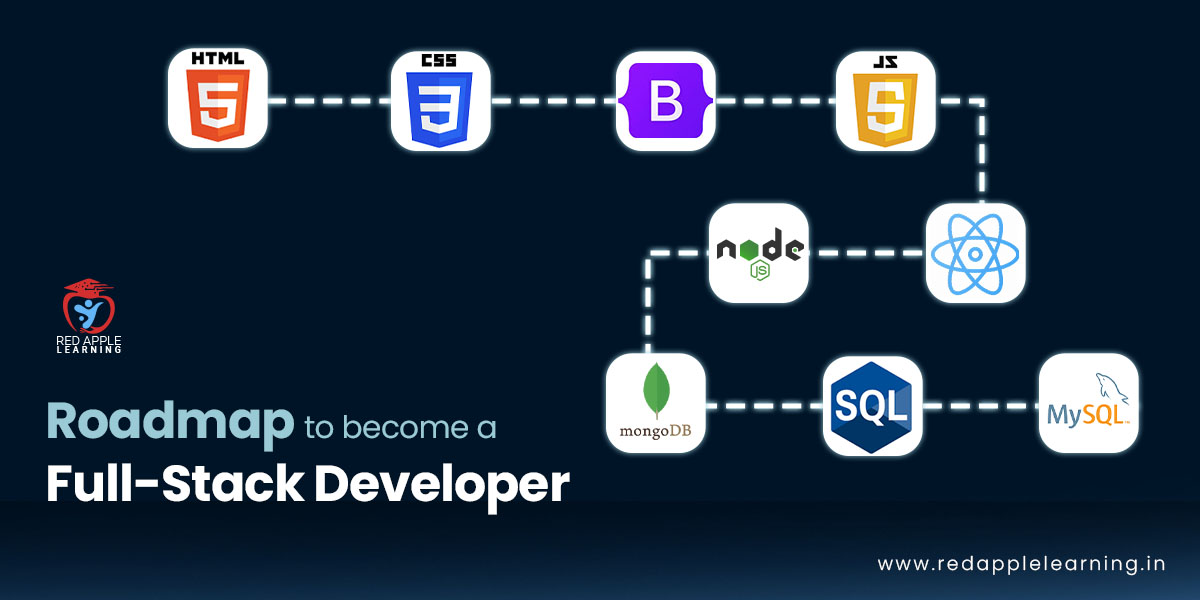Hydra Tech Insights
Stay updated with the latest in technology and gaming.
Code from Front to Back: The Full-Stack Quest
Unlock the secrets of full-stack development! Join the quest to master coding from front to back and elevate your skills today!
Understanding Full-Stack Development: A Beginner's Guide
Full-stack development encompasses both frontend and backend development, making it one of the most versatile skill sets in the tech industry. As a beginner, it’s essential to understand the roles of each component. The frontend is what users interact with directly - this includes the layout, design, and interactivity of a website or application, often utilizing languages like HTML, CSS, and JavaScript. On the other hand, the backend is responsible for server-side logic, database interactions, and application performance, typically using languages such as Python, Ruby, or Node.js. Mastering both aspects allows developers to create a complete, cohesive application.
To get started in full-stack development, consider following these steps:
- Choose your desired frontend technologies, such as React or Angular.
- Learn the backend frameworks that align with your chosen languages.
- Familiarize yourself with database management, which is crucial for any application.
- Build small projects to apply your knowledge and gain practical experience.
By dedicating time to these steps, you will be well on your way to becoming a proficient full-stack developer, equipped to tackle diverse challenges in web development.

Top 10 Essential Technologies for Full-Stack Developers
In the dynamic world of web development, full-stack developers must stay updated with the latest technologies that enhance their skill set and project efficiency. The top 10 essential technologies for full-stack developers encompass a blend of programming languages, frameworks, and tools that facilitate both front-end and back-end development. Familiarity with these technologies not only streamlines the development process but also empowers developers to create robust, user-friendly applications.
- HTML/CSS: The backbone of web design, essential for creating structured layouts and styles.
- JavaScript: The programming language of the web, vital for interactive and dynamic features.
- React.js: A powerful JavaScript library for building user interfaces, popular among developers for its component-based architecture.
- Node.js: Enables JavaScript to run on the server-side, bridging the gap between front-end and back-end development.
- Express.js: A minimal web application framework for Node.js, providing a robust set of features for web and mobile applications.
- MongoDB: A NoSQL database that's ideal for handling large volumes of unstructured data.
- Git: A version control system essential for collaboration and code management.
- SQL: The standard language for relational database management, crucial for backend data handling.
- RESTful APIs: Facilitates communication between different software services and applications.
- Docker: A platform used for developing, shipping, and running applications in containers, ensuring consistency across environments.
How to Build Your First Full-Stack Application: A Step-by-Step Tutorial
Building your first full-stack application can be an exciting and rewarding journey. In this step-by-step tutorial, we'll guide you through the essential components of full-stack development, including understanding both the frontend and backend technologies. Below are the key steps to get you started:
- Choose your tech stack: Decide on the technologies you want to use for both the frontend (e.g., React, Angular) and the backend (e.g., Node.js, Django).
- Set up your development environment: Install necessary tools such as code editors, version control systems like Git, and database systems (e.g., MongoDB, MySQL).
Once you have your environment ready, it’s time to start developing your application. Begin with the frontend by designing your user interface. Create components and ensure they communicate with your backend via API calls. Then, focus on the backend: set up your server, handle data management, and create RESTful APIs to connect your frontend to your databases. By following these structured steps, you’ll gradually assemble a fully functional full-stack application that not only meets your needs but also serves as a great addition to your portfolio!